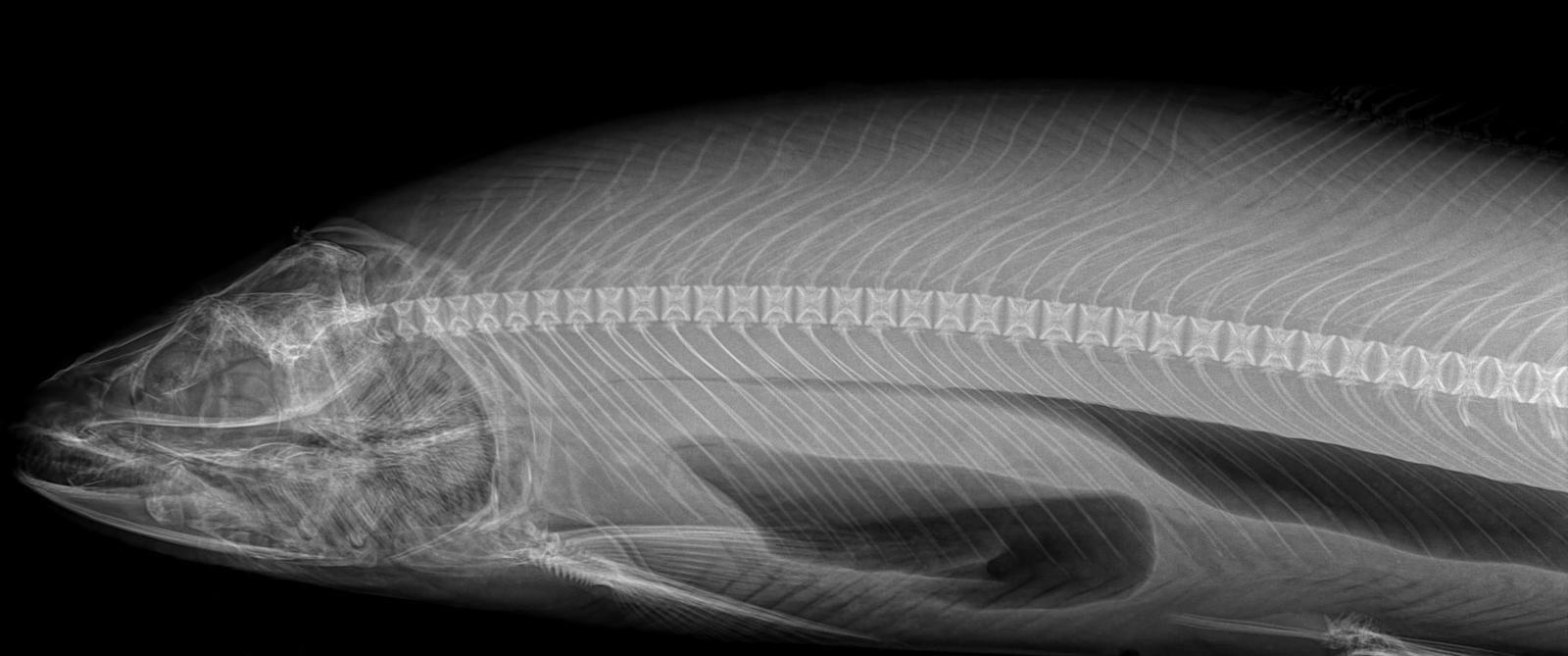Smith-Root Staff
Thursday, September 22, 2016Applying electricity to water to immobilize fish and other aquatic organisms (i.e., electrofishing) has been carried out for well over a century; however, there remains a significant amount of knowledge to be learned. Electrofishing science is a dynamic, interdisciplinary field that at minimum comprises physics, engineering, biology, and physiology. In practice, the effectiveness of electrofishing is further complicated by a variety of compounding factors:
- Environmental
- water temperature, water conductivity, habitat, etc.
- Biological
- fish species and size, lipid content, behavior, etc.
- Electrical
- output waveform, voltage, frequency, duty cycle, etc.
Electrical settings need to be fine-tuned for each given set of environmental and biological circumstances. Use of inappropriate settings could undoubtedly result in an undesired response or injury to fish. Consider the uses of electricity in humans as an analogy. Under appropriate settings, electricity can be used for electrotherapy, immobilization (taser!), and electrocution, but applying the right setting is key to eliciting the desired response.

To better inform the scientific community and Smith-Root’s R&D department, researchers at Smith-Root are collaborating with the Washington Department of Fish and Wildlife, Tacoma Power, and VCA Veterinary Specialty Center of Seattle to evaluate new electrical settings to improve the efficacy of electro-immobilization of fish. The objective of the study is to optimize electrical settings so that fish, specifically steelhead, are rapidly immobilized to reduce risk of injury to themselves and to hatchery personnel during the handling and sorting process. The ideal setting would not cause injury or excessive stress to the fish.
The first phase of study was conducted using Smith-Root’s EA-1000B Electrosedation System, which is currently in operation at the Cowlitz Salmon Hatchery’s sorting facility. Groups of adult fish were subjected to different electroimmobilization settings. Once handled and sorted, they were then humanely euthanized in a chemical bath (MS222-Tricaine methanesulfonate), and their carcasses were transported to the VCA Veterinary Specialty Center in Lynwood, WA for X-ray and CT scans. The second phase, which is on-going, focuses on analyzing whole-body radiographs and photos of fillets to assess internal injuries.
Private sector and agency partnership research such as this can help fisheries managers in the development of safe, innovative electrofishing-related technologies for the conservation of the resources they manage. Smith-Root also hopes that this type of collaborative research will enhance the scientific community’s understanding of electrofishing-science and inform hatchery managers of appropriate electro-immobilization settings.